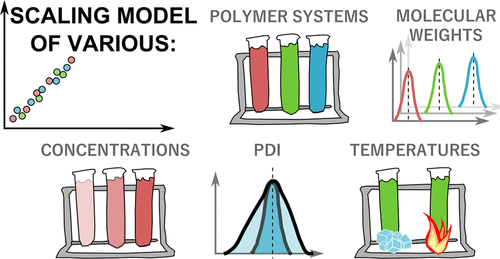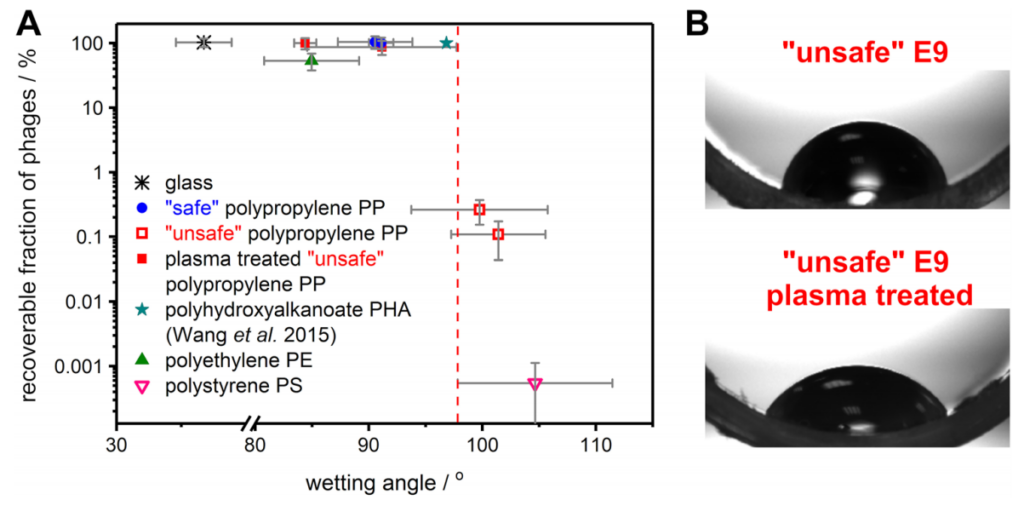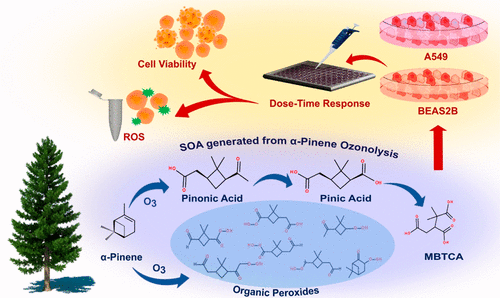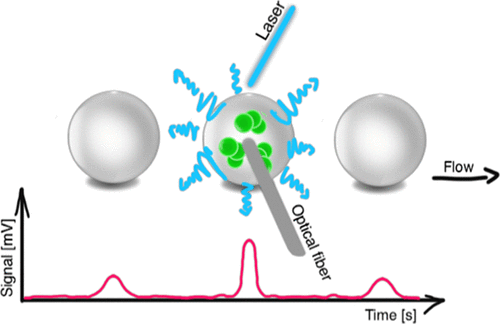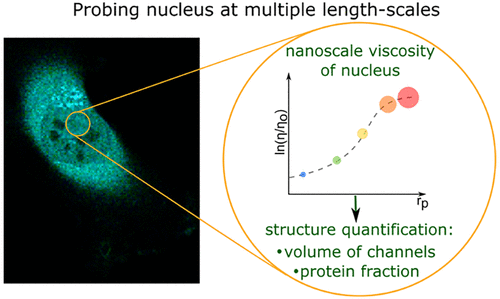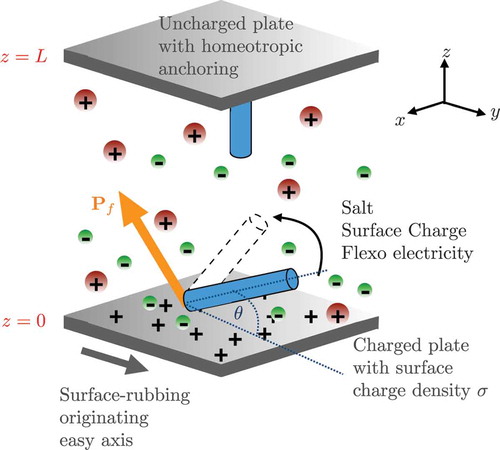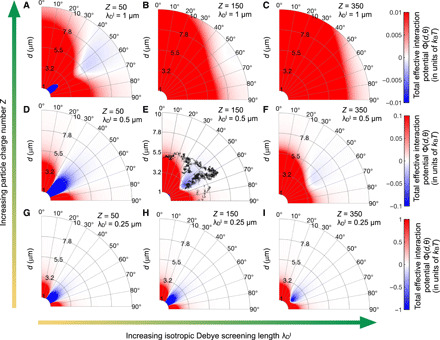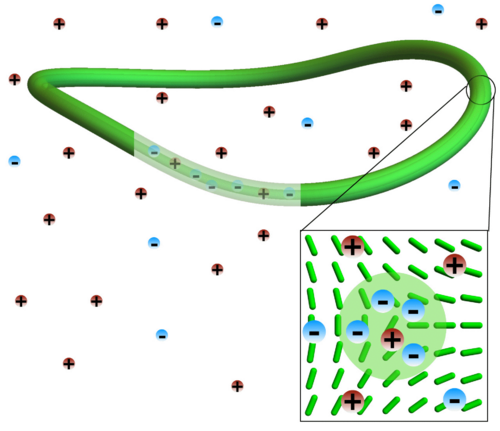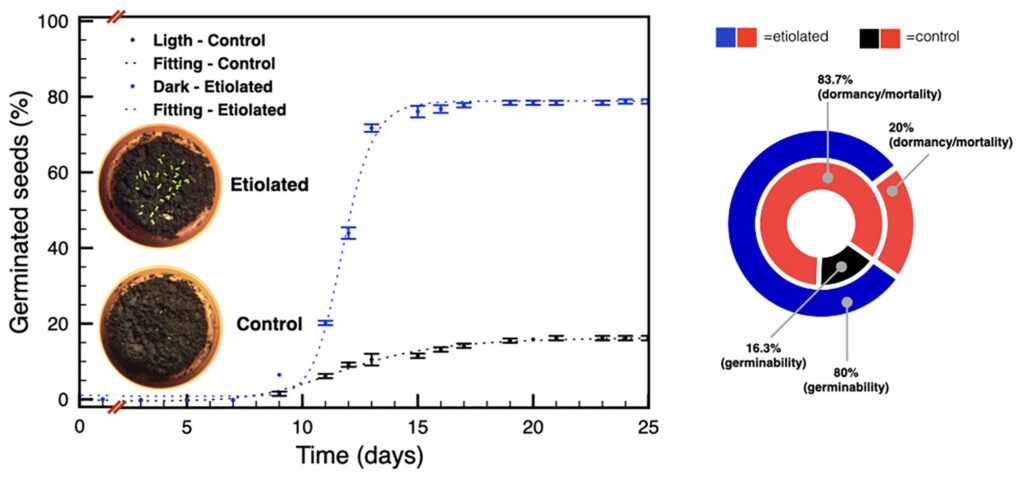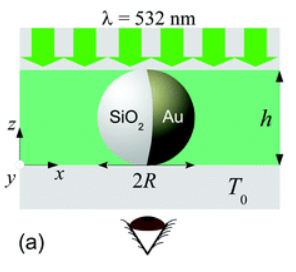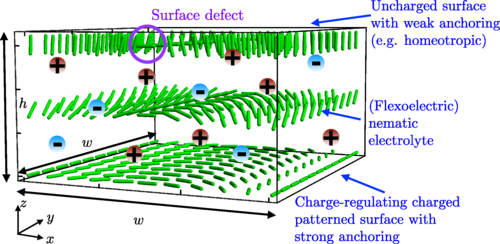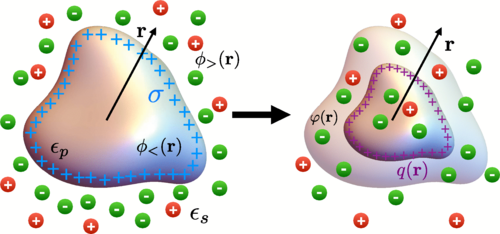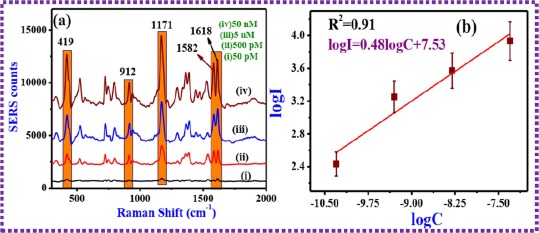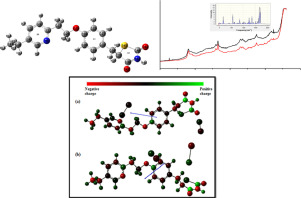
Surface enhanced Raman scattering investigation of pioglitazone on silver and silver-gold metal substrates – Experimental analysis and theoretical modelling
P. Albrycht, J. S.Al-Otaibi, Y. Sheena Mary, Y. Shyma Mary, R. Trivei, B. Chakraborty
Journal of Molecular Structure, Available online 30 June 2021, 130992
Surface enhanced Raman scattering (SERS) is a spectroscopic technique for trace analysis where the efficiency depends on the substrate. In the present work, concentration-dependent SERS of pioglitazone (EPMT) in silver and silver-gold substrates are reported. The presence and absence of different SERS peaks between the analyte spectra on silver and silver-gold substrates show that there is an orientation change of the analyte adsorbed depending on the surface-active metal. The density functional theory (DFT) method was used to verify the experimental findings obtained from normal Raman and SERS spectra. Theoretical modeling of EPMT and metal clusters are reported and enhancement factors are found from theoretical and experimental results. In the EPMT-Ag-Ag and EPMT-Ag-Au molecular systems, Frontier molecular orbital’s (FMO’s) results highlight charge transfers from Ag-Ag/Ag-Au clusters to the molecule. Furthermore, the SERS enhancement factor values show that EPMT is chemisorbed.


